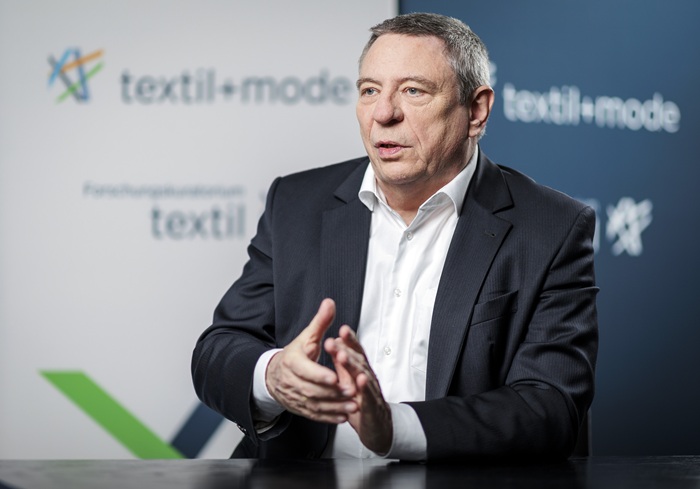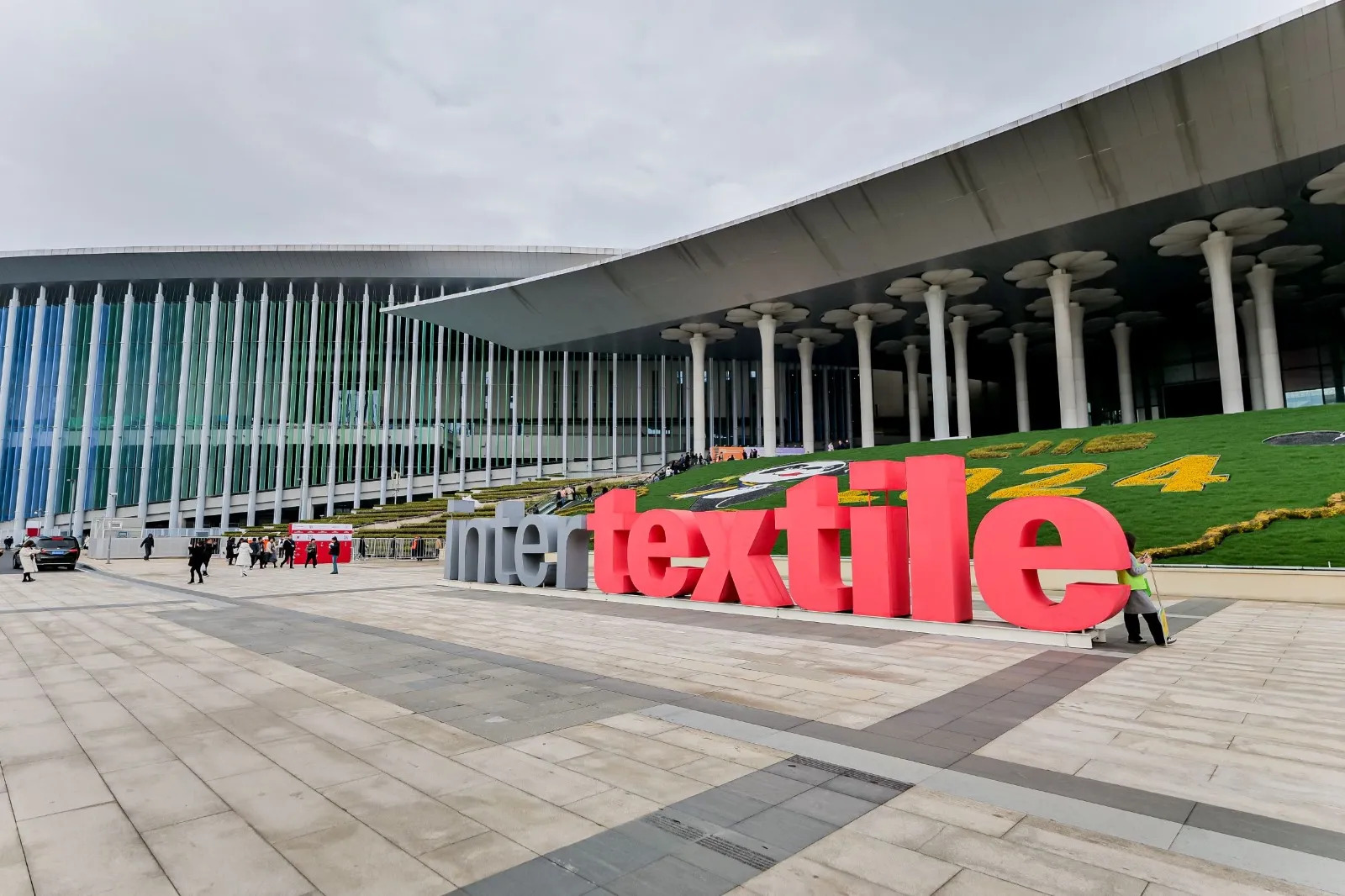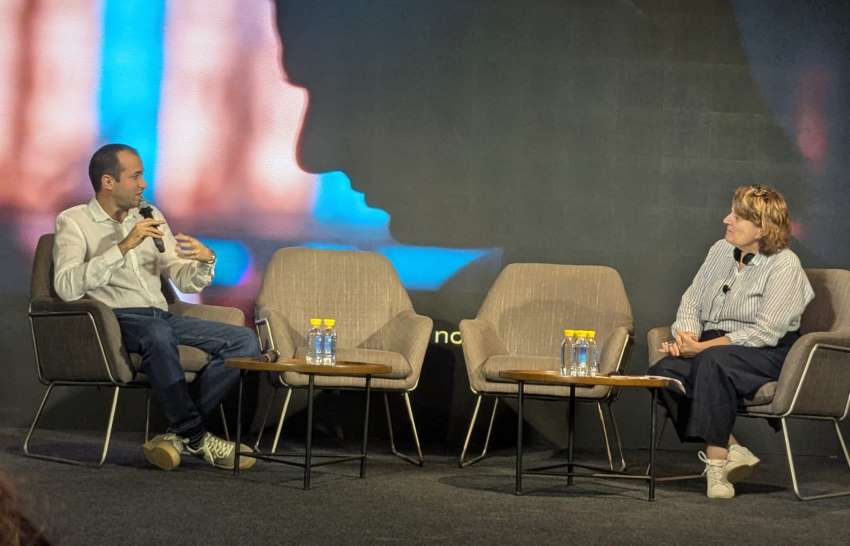FW
Sri Lankan apparel sector entered a breakthrough year in 2018, in its history of exports.
In the first quarter of this year the company’s total apparel exports increased by 4 percent to $ 1.26 billion compared to last year’s first quarter exports of $ 1.21 billion.
Last year first quarter exports were actually an 8.2 per cent decline from 2016’s first quarter apparel exports of $1.31 billion. After regaining GSP Plus, the company’s apparel exports increased and it now plans to surpass the $ 5 billion annual exports value this year compared to the $4.8 billion in 2017.
Europe is a key market for Lankan apparels. Last year Sri Lanka earned $2 billion from apparel exports to EU, which was 42 per cent of total apparel exports.
In the first quarter this year, Lankan apparel exports to EU increased by 5.2 per cent to $526 million in comparison to $ 500 mn in first quarter of 2017. Apparel exports to US too increased by 5.1% in this year’s Q1 to $576 million from 2017 Q1’s $548 million
SPINnet Textile and Garment Cluster in collaboration with the National Board for Small Scale Industries (NBSSI) organised a 10-day training programme on business management and planning for selected entrepreneurs in the garment and textile industry in Accra.
The training programme, attended by 25 people, mainly in the Small and Medium Scale Enterprises (SMEs), was sponsored by the Business Sector Advocacy Challenge (BUSAC) Fund.
The main aim of the training was to help build the capacities of players in the textile, garments and creative arts industry to enable them compete both locally and internationally.
It also intended to help revamp the textile, garment and the creative arts industry in the country, besides enabling players in the sector to adopt best practices that would help their businesses to grow.
Pitti Immagine Uomo, the premier international trade fair dedicated to menswear and contemporary lifestyles will be held in Florence from June 12-15, 2018.
The trade show will combine events organised by big names from the luxury industry, such as the Robert Cavalli show slated for June 13 in a monastery, and the Craig Green show that will take place on June 14, while Fumito Ganryu show is planned for June 13.
The fair has also long been a supporter of Scandinavian and Georgian talent.
Throughout its history, Pitti Uomo has consistently juxtaposed small but sought-after labels with mainstream brands, as can be seen with the debut appearance of H&M-owned Cos, which will launch a capsule collection of perennial items named "Soma" in Florence this June.
This edition boasts 1,240 brands, 561 of which hail from abroad (45%), and is a curated geography of spaces focusing on venues that emphasise research in today’s menswear and that are heavily geared towards the future of fashion.
Common Objective (CO), a new digital platform that aims to make sustainable business decisions easier for the fashion industry has been launched.
The digital platform has been launched by Ethical Fashion Group in collaboration with the Global Organic Textile Standard (GOTS), Fairtrade, World Fairtrade Organisation (WFTO), Fashion Revolution, and other leading fashion industry bodies
By matching actors along the supply chain and providing data-driven, solutions-focused information, CO hopes to improve the day-to-day practices of textiles and clothing companies around the world.
The CO platform will act as a basic tool that will enable fashion professionals and businesses to do business better, match users based on their specified needs, with suppliers, buyers, experts and resources and reward sustainability by assigning weights to several elements of CO business profiles that impacts search ranking on the site.
The Ethical Fashion Group has also mapped the size and impact of the fashion industry – drawing from over 500 sources including the Pulse Report, the Fashion Transparency Index, market research data and production data.
The North American Free Trade Agreement (NAFTA) between the United States, Mexico and Canada looks like a distant dream.
There are gaping differences on a host of issues, including intellectual property, agricultural access, labor and energy.
The US continues to work toward the best possible deal for American farmers, ranchers, workers, and businesses. The deadlock has risen over US demands to raise wages in the auto sector and boost the North American content of cars made in the three Nafta nations.
The move is a clear swipe at Mexico, which the US says added low-wage manufacturing jobs at Americans’ expense after Nafta was signed in 1994.
On the other hand Mexico says any renegotiated Nafta that implies losses of existing Mexican jobs is unacceptable.
In 1994, the North American Free Trade Agreement came into effect, creating one of the world’s largest free trade zones and laying the foundations for strong economic growth and rising prosperity for Canada, the United States, and Mexico. It aims at demonstrating how free trade increases wealth and competitiveness, delivering real benefits to families, farmers, workers, manufacturers, and consumers. It has set a valuable example of the benefits of trade liberalization for the rest of the world.
Online sales of personal luxury goods, which currently account for 8 per cent of the global luxury market, is expected to more than triple by 2025, reaching €74 billion. Nearly one-fifth of personal luxury sales will take place online.
Going digital is a critical for growth and a powerful way to increase brand equity. It also enables companies to reimagine key enterprise processes, both front end and back of house.
Recently, a Luxury 4.0 operating model has begun to emerge with brands and retailers using data to get closer to customers, capture emerging preferences, and streamline the process of turning ideas into new products.
Nearly 80 percent of luxury sales today are “digitally influenced”: consumers hit one or more digital touchpoints in their luxury-shopping journeys.
Although digital’s impact on consumer behavior and luxury purchases varies by product category and price point, nearly all luxury shoppers have enthusiastically embraced the digital lifestyle.
Lectra recently addressed how the fashion industry can respond to the shifts within the market during its annual “Fashion Goes Digital” summit in Bordeaux, France.
The event started with a high-level view of the market that identifies industry challenges while offering solutions. Central trends like digitisation, on-demand fashion, customisation and personalisation were the main focus of the conference.
The conference covered a wide range of topics such as how millennial consumer behavior is using the shopping environment to the influence of augmented reality, machine learning and artificial intelligence on retail.
The presentations revealed that advanced technology isn’t the only factor causing drastic transformations for fashion and footwear retail.
As highlighted in the discussion led by Nick Chiarelli of consumer trends research firm Foresight Factory, everything from climate change to economic uncertainty has altered trends in consumer behavior over recent years.
Canton Fair was held in China, April 15 to May 5. This is a leading platform to connect global manufacturers and buyers. It is a comprehensive exhibition covering a wide range of industries and sectors, products and commodities.
The fair was attended by 2,03,346 buyers from 214 countries and regions, a 5.3 per cent year-on-year increase and the highest in five years. The number of buyers from countries included in China's Belt and Road Initiative reached 90,576, which marked a 3.86 per cent year-on-year increase.
The event welcomed 1,076 global chain purchasing companies, 109 of which are ranked among the top 250 worldwide, including Walmart, Carrefour, Schwartz, Amazon and Aldi.
The final figures were the highest total for the spring exhibition in four years.
The fair originated in 1957. It comprises 48 trading delegations, including thousands of foreign trade companies, factories, scientific research institutions, foreign enterprises, wholly foreign-owned enterprises, private enterprises, all of which are of good credibility and strong financial capability.
Diesel will launch the second round of its “Red Tag Project” and a capsule collection in collaboration with an influential designer during Milan Fashion Week.
For the first round of the “Red Tag Project”, Diesel brought out a capsule collection comprising ten pieces in collaboration with Shayne Oliver, the designer previously behind the “Hood by Air” label.
The collection was shown at Paris Fashion Week and will be available in store at outlets such as Opening Ceremony from August.
US imports of apparel from China during January-March 2018 were 0.87 per cent higher than in the same period of 2017.In volume terms, Chinese exports to the US increased 3.74 per cent.
In 2017, China's apparel exports to the US fell 3.17 per cent. But these exports were 33.67 per cent of total apparel imports of the US in terms of value and 42 per cent in volume.
In the first three months of 2018, China's share remained the highest, but was dwindling. In value, China’s share in US apparel imports was 30.17 per cent and in volume 38 per cent.
Vietnam is the second largest apparel supplier to USA. US imports of apparel from Vietnam during January-March 2018 increased 3.32 per cent compared to the same period in 2017. In 2017, Vietnam's apparel exports to the US had clocked a seven per cent growth.
US imports of garments from Bangladesh during January-March 2018 fell 0.92 per cent. In volume terms, imports fell 0.06 per cent. In 2017, imports from Bangladesh were down by 4.46 per cent.
US buyers are diversifying their sourcing base.
Imports have surged from Turkey, Myanmar, Cambodia, AGOA countries for mass apparel. And imports have clocked impressive growth from the fashion capitals of the world - Italy, France, Spain.












